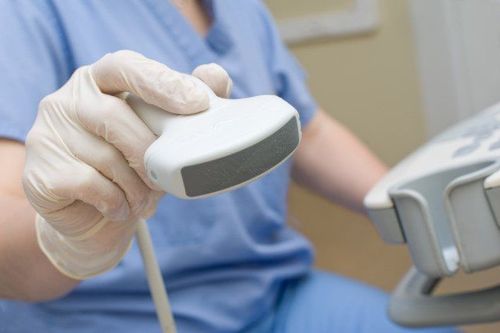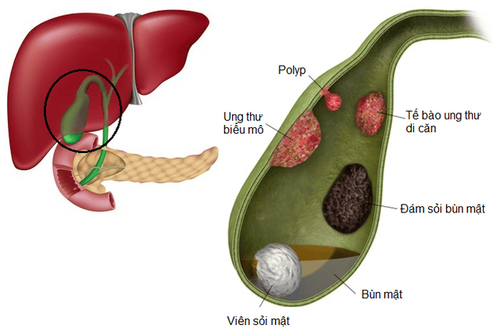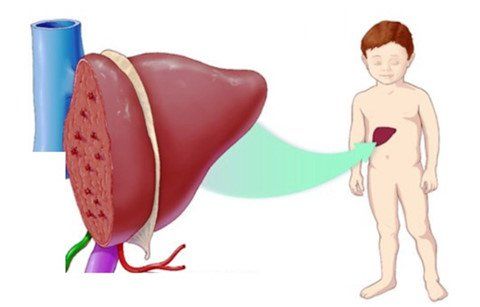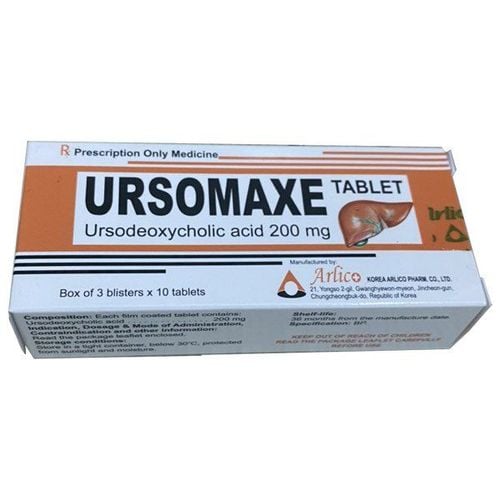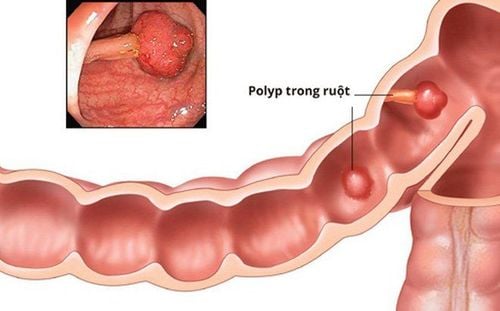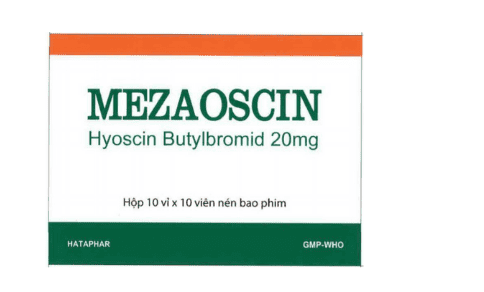This is an automatically translated article.
The article is professionally consulted by Master, Doctor Vu Huy Binh - Department of Medical Examination & Internal Medicine - Vinmec Hai Phong International General Hospital. Doctor has 09 years of experience in the field of Gastrointestinal Endoscopy.Gallbladder polyp is a neoplasm or pseudotumor that develops on the surface of the gallbladder lining. Gallbladder polyps are quite common and can appear at any age. So how to diagnose and treat gallbladder polyps, please follow the article below.
1. Diagnosis of gallbladder polyps
1.1 Clinical symptoms
Function: often vague, less aggressive, only clinical manifestations when polyps cause secretion disorders, bile secretion in the gallbladder lumen or gallbladder stones or accompanying cholecystitis. Mild pain in the right lower quadrant or epigastrium, pain often appears after eating, may be fullness, indigestion, nausea and vomiting. Body as a whole: The patient usually has no fever and no signs of biliary obstruction. Physical examination: Abdominal examination may show mild pain in the right lower quadrant, most of which do not detect any abnormality. Examine other organs for comorbidities.1.2 Subclinical
Abdominal ultrasound: this method is useful for screening gallbladder diseases: gallstones, gallbladder polyps. Gallbladder polyps on ultrasound are hyperechoic, without shadow. Ultrasound allows the identification of polyps, location, size and shape of polyps (pedunculate or pedunculated), helping to monitor the progression for appropriate treatment. The accurate diagnosis rate of ultrasound for gallbladder polyps is over 90%.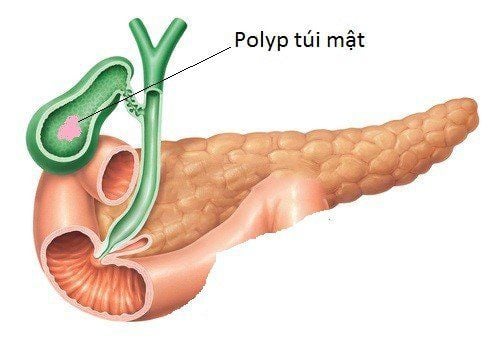
2. Gallbladder polyp treatment
About 92% of gallbladder polyps are benign (non-cancerous) in nature, so patients do not need surgical intervention to remove the gallbladder.Small polyps less than 10mm (or less than 15mm) can only need regular monitoring every 3-6 months without surgery to remove the gallbladder. Polyps larger than 10mm have the potential to progress to cancer, especially those larger than 15mm, so cholecystectomy may be recommended to prevent gallbladder cancer growth. Doctors agree on a treatment protocol for gallbladder polyps as follows:
If gallbladder polyp is suspected by ultrasound, but the patient has no symptoms such as pain, fever, etc., it should be re-examined later. 6 -12 months to confirm.

Please dial HOTLINE for more information or register for an appointment HERE. Download MyVinmec app to make appointments faster and to manage your bookings easily.





